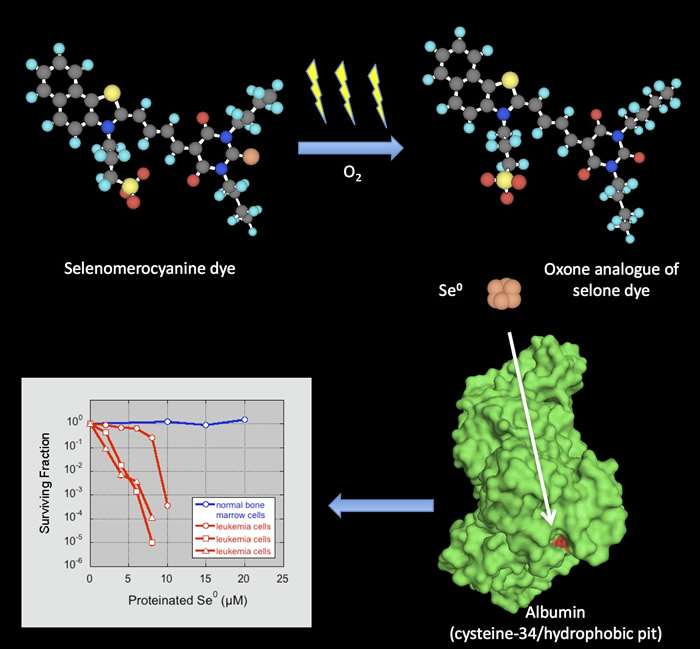
Fritz Sieber, PhD
Professor (with tenure), Pediatrics (Hematology/Oncology/BMT) and Microbiology & Immunology
Locations
- Microbiology & Immunology
Contact Information
General Interests
Education
MS, (Dipl Natw ETH ), Developmental Biology/Biochemistry, Swiss Federal Institute of Technology, Zurich, 1971
Biography
Research Experience
- Amifostine
- anti-cancer agents
- Antimalarials
- Antineoplastic Agents, Alkylating
- Bone Marrow Purging
- Bone Marrow Transplantation
- Cell Line, Transformed
- Cell Line, Tumor
- clonal assay
- cytotoxic photoproducts
- cytotoxic subnano selenium
- experimental therapeutics
Clinical Expertise
- autologous hematopoietic stem cell transplantation
- ex vivo purging
- photochemical purging
Research Interests
Research Description
1) Development of second-generation merocyanine photosensitizers with improved antineoplastic, antiviral, and anti-protozoan activities. Of particular interest are selone analogs that are characterized by extremely high singlet oxygen quantum yields and the photochemical generation of cytotoxic photoproducts. One merocyanine-based application has made the transition from bench to clinic and is showing promising results in a phase I/II trial in adult patients with high-risk acute myelogenous leukemia.
2) Proteinated subnanoparticles of elemental selenium as a novel class of anti-cancer agents. When selenomerocyanine dyes are exposed to light in the presence of oxygen, they generate subnanoparticles of elemental selenium that combine with serum albumin or lipoproteins to form conjugates that are highly cytotoxic to tumor cells but well tolerated by normal cells. A 1-hour exposure to micromolar concentrations of proteinated selenium is sufficient to reduce clonogenic tumor cells by ≥5 orders of magnitude while preserving virtually all normal pluripotent hematopoietic stem cells.

Figure 1: Photochemical generation of proteinated subnanoparticles of elemental selenium and their effects on leukemia and normal hematopoietic stem cells. The protein component acts as a Trojan horse that exploits the enhanced capacity of tumor cells to bind and internalize serum albumin and lipoproteins. The cytotoxic entity (elemental selenium) is preferentially delivered to tumor cells as part of a physiological process.
3) High-dose selenium for the mitigation of therapy-induced toxicities. This project grew out of an effort to develop medical countermeasures against radiation injuries caused by nuclear accidents or acts of radiological terrorism. We could show that very high (supranutritional) doses of dietary selenium are surprisingly effective at reducing radiation injury to kidney, liver, heart, and lung even if the intervention is initiated after radiation exposure. We are now in the process of extending this approach to the mitigation of therapy-induced toxicities in animal models of radiation- and chemotherapy.
Publications
-
(Spivak JL, Sieber F.) Hormones in Normal and Abnormal Human Tissues Volume 3. 1 January 2019;3:63-96 SCOPUS ID: 2-s2.0-84994997178 01/01/2019
-
(Traul DL, Sieber F.) J Photochem Photobiol B. 2015 Dec;153:153-63 PMID: 26410039 PMCID: PMC4674338 SCOPUS ID: 2-s2.0-84942320153 09/28/2015
-
(Daziano JP, Günther WH, Krieg M, Tsujino I, Miyagi K, Anderson GS, Sampson RW, Ostrowski MD, Muir SA, Bula RJ, Sieber F.) Photochem Photobiol. 2012;88(2):448-60 PMID: 22211823 PMCID: PMC3292634 SCOPUS ID: 2-s2.0-84857995774 01/04/2012
-
(Sieber F, Muir SA, Cohen EP, Fish BL, Mäder M, Schock AM, Althouse BJ, Moulder JE.) Radiat Res. 2011 Sep;176(3):366-74 PMID: 21867430 PMCID: PMC3237945 SCOPUS ID: 2-s2.0-80052159464 08/27/2011
-
Hexaminolevulinate-mediated photodynamic purging of marrow grafts with murine breast carcinoma.
(Čunderlíková B, Vasovič V, Sieber F, Furre T, Borgen E, Nesland JM, Peng Q.) Bone Marrow Transplant. 2011 Aug;46(8):1118-27 PMID: 21057550 SCOPUS ID: 2-s2.0-80051703773 11/09/2010
-
Hexaminolevulinate-mediated photodynamic purging of leukemia cells from BM.
(Čunderlíková B, Vasovič V, Sieber F, Furre T, Nesland JM, Peng Q.) Bone Marrow Transplant. 2010 Oct;45(10):1553-61 PMID: 20118993 SCOPUS ID: 2-s2.0-77957932322 02/02/2010
-
High-dose selenium for the mitigation of radiation injury: a pilot study in a rat model.
(Sieber F, Muir SA, Cohen EP, North PE, Fish BL, Irving AA, Mäder M, Moulder JE.) Radiat Res. 2009 Mar;171(3):368-73 PMID: 19267564 PMCID: PMC2679178 SCOPUS ID: 2-s2.0-61849152902 03/10/2009
-
(Tsujino I, Miyagi K, Sampson RW, Sieber F.) Photochem Photobiol. 2006;82(2):458-65 PMID: 16613499 PMCID: PMC1626648 SCOPUS ID: 2-s2.0-33646232010 04/15/2006
-
(Sieber F, Daziano JP, Günther WH, Krieg M, Miyagi K, Sampson RW, Ostrowski MD, Anderson GS, Tsujino I, Bula RJ.) Phosphorus Sulfur Silicon Relat Elem. 2005;180(3-4):647-657 PMID: 16491141 PMCID: PMC1373681 02/24/2006
-
Role of photoproducts in the cytotoxic action of selenomerocyanine-mediated photodynamic therapy
(Sieber F, Daziano JP, Sampson RW, Tsujino I, Miyagi K, Ostrowski MD, Anderson GS, Günther WHH, Krieg M.) Progress in Biomedical Optics and Imaging Proceedings of SPIE. 2005;5689:56-65 SCOPUS ID: 2-s2.0-21844436783 07/21/2005
-
(Miyagi K, Sampson RW, Sieber-Blum M, Sieber F.) J Photochem Photobiol B. 2003 Jul;70(3):133-44 PMID: 12962637 SCOPUS ID: 2-s2.0-0141792990 09/10/2003
-
(Anderson GS, Tsujino I, Miyagi K, Sampson R, Sieber F.) J Photochem Photobiol B. 2003 Feb;69(2):87-95 PMID: 12633981 SCOPUS ID: 2-s2.0-0037295931 03/14/2003

